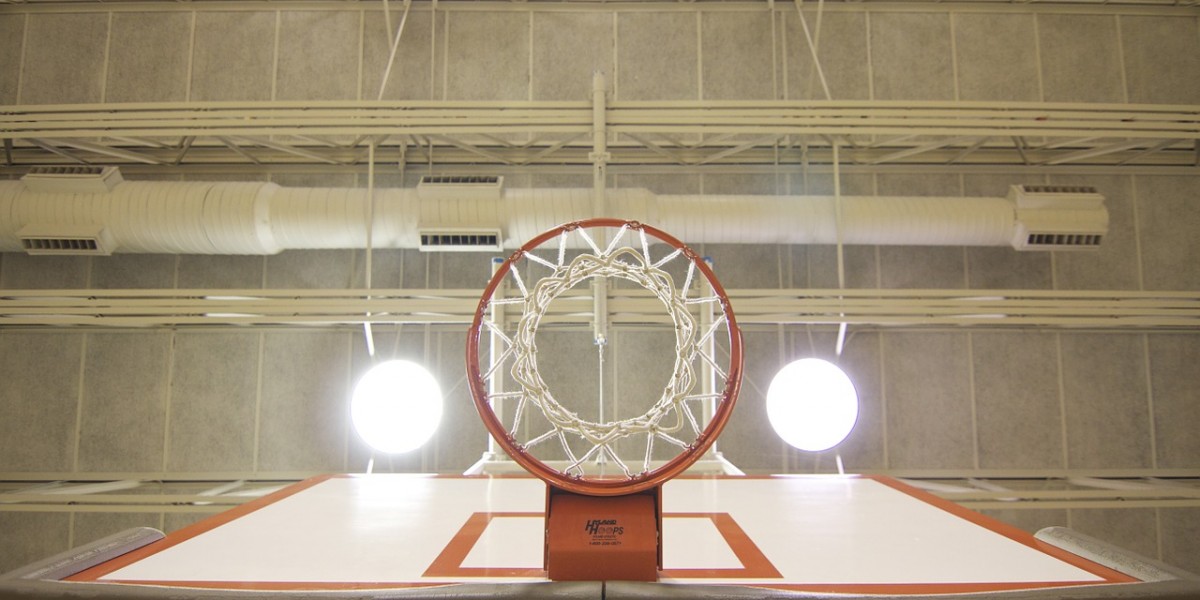Sometimes in fantasy sports, it’s an uphill battle all season long. That’s what it was like for me in my 12-team, head-to-head Yahoo fantasy basketball league this year. I had to scratch and claw my way through it, and it paid off in the end.
Disappointment early on
Emerging from the draft with a weak team (according to the given projections), I lost to my opponents in five of the first six weeks of the season. What went wrong? Two things come to mind: injury and underperformance of key players.
My draft targeted four top players: James Harden, Klay Thompson, Rudy Gobert, and Nerlens Noel. Of these four, only Harden played consistently on an elite level; the others played well but were streakier in their production. At this point in the season, each of these players’ seasonal rankings was worse than their preseason rankings: Harden (pre-season ranking of 3, in-season ranking of 4), Thompson (12, 18), Noel (23, 70), and Gobert (13, 132).
I can certainly accept the performance of Harden as being acceptable, and even Thompson’s performance wasn’t that much lower than his pre-season ranking would indicate. The real pain on my team came from Gobert and Noel. I should point out that Gobert was injured for the entire month of December, which caused him to take a hit. That was a huge blow. Otherwise, I’m not sure there was much I could have done differently, apart from looking at other projections at the beginning of the season. My players underperformed, which is a risk for all fantasy players. It’s just a shame when it occurs for your team and it happens with multiple players.
With that said, I was able to pick up players off waivers during the season who outperformed based on preseason rankings. These include Marvin Williams (pre-season ranking of 200, in-season ranking of 27), Nikola Jokic (219, 47), Andrew Bogut (119, 72), and Gary Harris (222, 74). I have had these players on my team for a good part of the season so they have really helped my team and have compensated for the underperformance of my stud players.
Lessons learned
I mentioned earlier that I lost against my opponents in five of the first six weeks of the season. Around the beginning of December, I was sitting with an ugly record of 18-36 (.333%). However, things started turning around in week 10; between that week and up to the present day (week 19), I have beaten my opponents in every single week. With a record of 89-80-2, I was able to make it into the playoffs with the final spot (#6 seed).
What lessons can I learn? In retrospect, did my drafting philosophy of talent concentration fail? I don’t think it did. In fact, it may have been what saved me. Although my four stud-players didn’t perform up to their pre-season rankings, they did compensate for one another; when one player was performing poorly other players might be performing strongly enough to help me in other areas.
Also, the fact that all four of these players are still on my roster as we approach the end of the season is important. Almost all of the rest of my roster has been modified since draft day. Had I used more of my auction dollars on lesser talent instead of the four key players I did use it on, I would probably have ended up dropping the lesser talent and therefore have wasted my auction budget.
Concentrating talent in few roster spots during an auction draft is an important tactic because it is inevitable that talented players will emerge on the waiver wire over the course of the season. It is also inevitable that some drafted players do so poorly that they need to be dropped.
In my opinion, the best way to craft a winning team is to use the majority of an auction budget on top-tier players and fill in the remaining roster spots with low-priced role players or prospects. This does not translate into a superb team from the beginning, but requires a manager to monitor the waiver wire, or negotiate with other teams to upgrade on the periphery. As new talent emerges and is picked up, “dead weight” may be dropped from the team.
As my fantasy basketball season has shown, using a talent concentration strategy is a season-long process. Injuries occur, and players do not perform up to expectations. However, it can produce positive results when approached with a discerning eye for new talent and a patient disposition.

Leave a Reply
You must be logged in to post a comment.